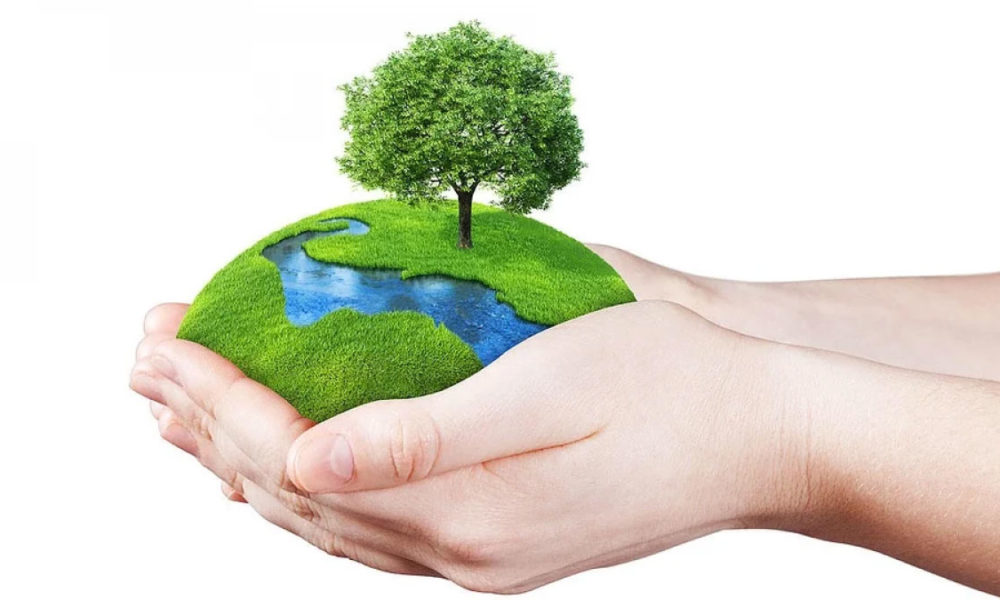Sustainable development is the need of the hour, when it comes to protecting our planet.
07 June, KATHMANDU : According to the Intergovernmental Panel on Climate Change: Climate Change and Land report (2019), 75% of land on earth and 66% of oceans have been severely altered by humans.
“ We need to understand that the environment does not belong to us, but we belong to the environment. We interact with the environment every nanosecond and it is sustaining us continuously,” says environment impact assessment expert, Dr Radindra Bhattarai. “ We have come to a very sensitive phase in terms of our interaction with nature, we need to stop being violent towards nature,” he adds.
Deforestation and water pollution have threatened the lives of many animal and plant species which are on the verge of extinction. The world population is projected to steadily increase to 8 billion and inevitably, the natural ecosystems are in a phase of decline due to exploitation. “Environmental Impact Assessment (EIA) should be assessed before any development project gets implemented, in the case of building roads in the hilly region in Nepal, this assessment lacks. Rapid developmental activities in Nepal are taking place at the cost of nature, which is not sustainable,” says Dr. Bhattarai.

The commemoration of World Environment Day on June 5 recently, emphasised the limited resources on earth which if used exhaustively will lead the inhabitants of earth to an unsustainable future. The theme of World Environment Day 2022 was Only One Earth, focusing on “Living Sustainably in Harmony with Nature”. First celebrated in the year 1973, World Environment Day is celebrated annually. With 150 nations participating in World Environment Day celebrations, it has become the world’s largest environmental event.

According to the United Nations Environment Programme, individuals and society as a whole have a great role to play in order to adopt climate change resilient policies. “ One of the most successful projects undertaken by the United Nations is the recovery of the ozone layer. It is on a path to full recovery,” says Dr. Rabindra Bhattarai. The recovery of the ozone layer was announced by the United Nations Environment Programme in September 2014. According to global models, the recovery action taken by the United Nations under the collaboration of the international community will have prevented 2 million cases of skin cancer annually by 2030 and also averted damage to human eyes and immune systems, and protected wildlife and agriculture to a great extent.








